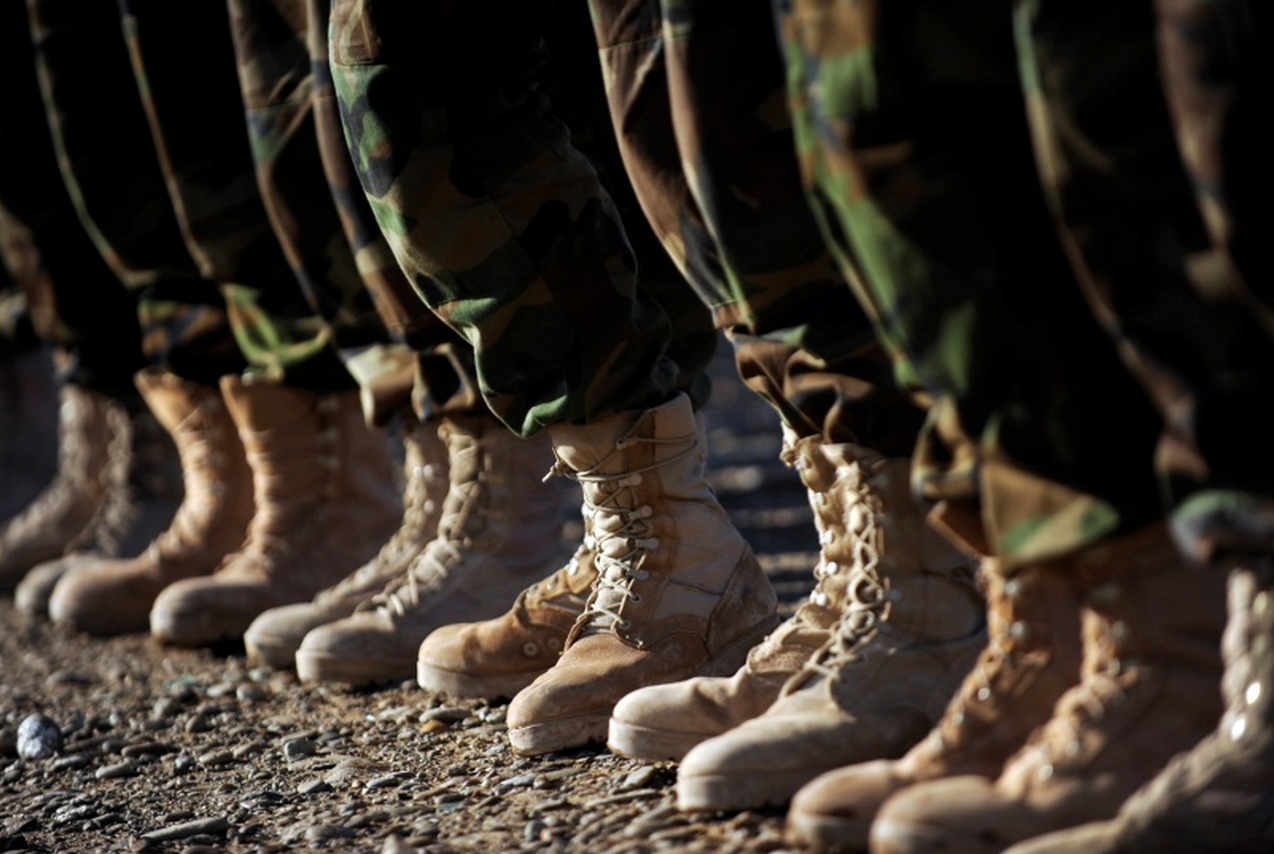By Todd W.
I was reading the ruck-boot weight research from the Military Athlete Institute and thought about some lessons learned from military selections, courses and daily operations with regards to boots. Keep in mind, this is predominately from an Army perspective.
There are a LOT of great boots but there is no one boot for all situations and definitely not one for all soldiers. Various arch heights, over and under pronation, awkward family toes and heel shapes can make finding the “right fit” tricky. But all of this can be figured out in training.
1. Boots
Know the requirements!!!! Often the type/ brand of boot is dictated to the soldier because of unit standardization or course specifics. However, modifications may be open to individual preferences and can be a game changer. Sole modifications, lacing techniques and internal sole and tongue inserts can make any boot spot specific as required to include weight improvements. Before running out to a professional boot shop and spending cash, test drive some of the modifications first. Like any other piece of equipment, the individual soldier should test drive it, not just follow what someone else is doing. If you do make modifications, do them as soon as possible so you have time to implement your deliberate practices in order to work out kinks and don’t forget conduct routine maintenance. Rain, sweat, and dirt affect the leather and life and fit of the boot. Why risk a blowout or a new blister rub that will be painful for days at the cost of a few minutes of discipline. If modifications are unauthorized, train without them or you are going to get caught short.
2. Soles
Terrain should drive this. Sand soles and soft soles are great for the obvious but without a heel, they will become skis on slick rocks and in the mud. Soles modifications can change the weight, height, and support of the boot. This could negate speed and physical performance which is often the criteria for selection or mission success. Be critical, knowledgeable of the terrain and evaluate the risk/ gains.
3. Foot durability
There are a lot of techniques for foot resiliency and maintenance but nothing builds up durable feet better than logging training miles in the actual mission boot. This includes the socks, laces and tying techniques. A blister in training is different than a blister under the gun. Train like you are going to fight. If the tires fail, regardless of the chassis, it can be a long day. In training, this can be a learning opportunity. It is only a lesson learned if you do something to correct the failed outcome.
4. Nails
No need for a pedicure but if your toenails resemble an entrenching tool, cut your shit! Learn what right looks like. Ingrown toenails can lead to a really bad day(s).
5. Epson salt is like ice on the knees….
Don’t wait until it hurts to do it. Yes, it may be weird sitting around the living room with your training partners or spouse doing this but you are already watching the real housewives of Jackson Hole, so just embrace it!
Couple this with your weight research and your feet will not be an issue or barrier to achieve mission success. I have seen some real badasses reduced to snail paces or complete halts due to some painful yet preventable foot issues. You don’t want to be that guy.

